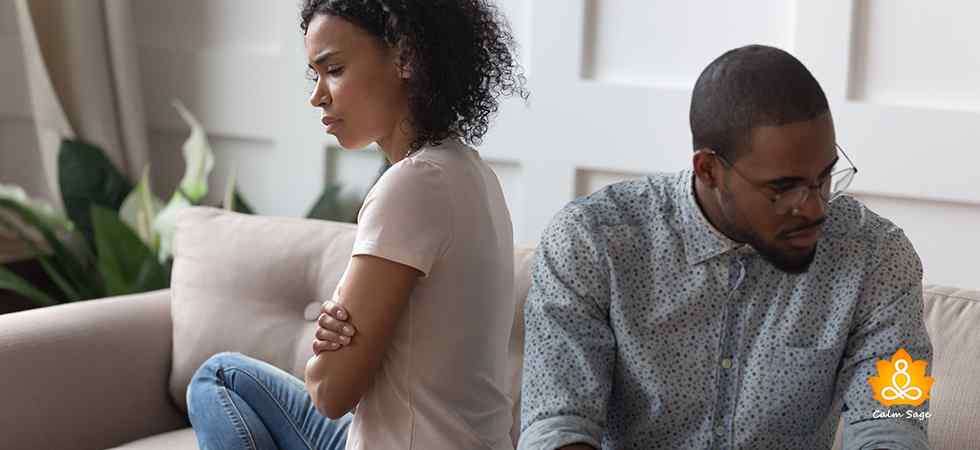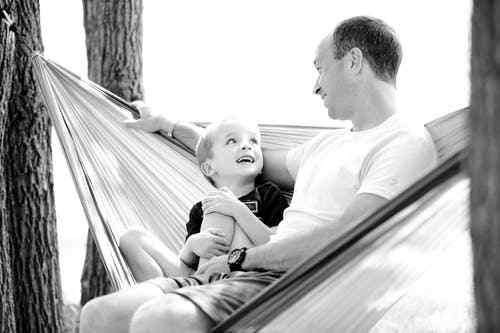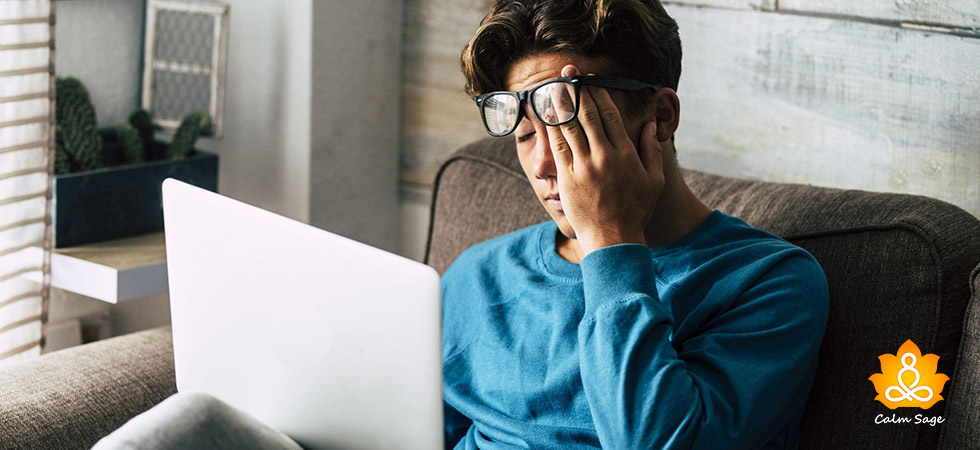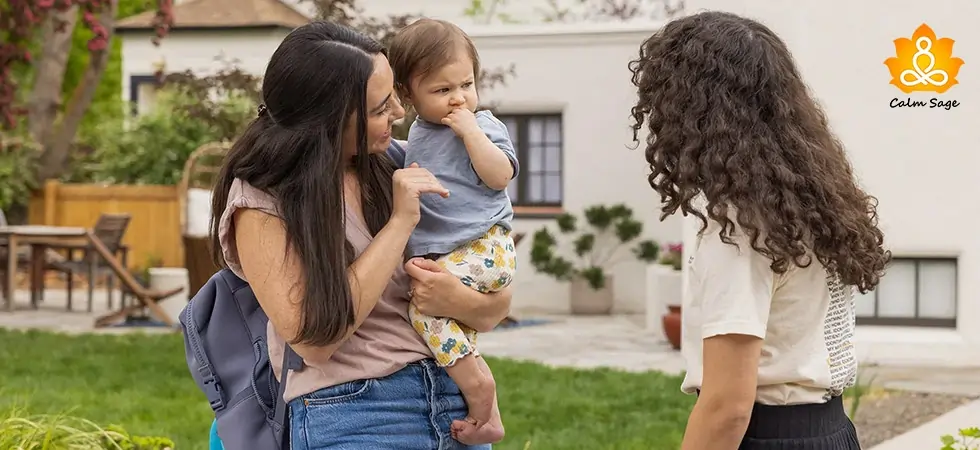What Is a Preoccupied Attachment Style?

Preoccupied attachment style (also known as anxious preoccupied attachment style) is a type of insecure attachment style. Have you ever wondered how we develop different attachment styles?
Attachment styles can be developed by the influence of our past experiences (good or bad), our relationship with our parents or caregivers, and genetics can also be influential in this case.
In this article, we will be talking about one of these attachment styles, anxious preoccupied attachment style. If you have developed an insecure attachment style, you need to first understand it to get out of it.
To do the same, let’s discuss the signs, causes, and treatment of anxious preoccupied attachment style.
Shall we begin?
List of Contents
- Preoccupied Attachment Style Definition
- Other types of attachment styles
- Signs Of Anxious Preoccupied Attachment Style
- Does Anxious Attachment Fall In Love?
- How Do You Love Someone With An Anxious Preoccupied Attachment?
- What Causes An Anxious Preoccupied Attachment Style?
- Treatment For Anxious Preoccupied Attachment Style
- Ways To Cope With An Anxious Preoccupied Attachment Style
- FREQUENTLY ASKED QUESTIONS
Preoccupied Attachment Style Definition

Anxious preoccupied attachment style can be defined as a kind of attachment style where you find it very difficult to build trust in the relationship, you operate in the relationship with the fear of rejection. You feel very insecure in your relationships when you have an anxious attachment style.
You can develop an anxious preoccupied attachment style because of your genes or maybe your relationship with your parents wasn’t really strong, or you had a firsthand traumatic experience while you were in a relationship.
When I say, parental relationships not being strong doesn’t imply that you didn’t maintain a healthy relationship with them. It means that your parents were inconsistent with you during your childhood. They would love you sometimes and abandon you other times which can cause of development of a preoccupied anxious attachment style.
Once you know the signs of an anxious preoccupied attachment style, it becomes really easy to identify it.
Other types of attachment styles
- Secure attachment style
- Fearful-avoidant attachment style
- Dismissive-avoidant attachment style
- Anxious preoccupied attachment style
Signs Of Anxious Preoccupied Attachment Style

Anxious preoccupied attachment style can be self-identified, you will not need any professional guidance to notice the kind of attachment style you have. To understand and get out of the anxious preoccupied attachment style you might need professional help but you can help yourself out as well.
Here’s a list of some common signs of Anxious preoccupied attachment style;
- Low self-worth
- Fear of rejection and abandonment
- Need for intimacy and closeness with your partner (constant)
- Depending on your partner
- Trust issues
- People pleasing attitude
- The constant need for approval from others
- Hypersensitivity toward partner’s actions
- The constant need for proof that they are being loved and cared for
If you find yourself exhibiting even some of these, I advise, you should relax your mind a bit and let go of all the negative thoughts and emotions. If you can’t do it by yourself, let a therapist help you get out of the anxious preoccupied attachment style.
Does Anxious Attachment Fall In Love?
Of course! Anyone can fall in love, people with an anxious preoccupied attachment style fall in love a lot easier than people with other attachment styles. They believe in love, but when low self-esteem kicks in, the self-doubt begins to flow in too.
They do fall in love, however, are more likely to ruin their relationship because they overthink a lot and truly believe that they are good enough. People with an anxious attachment style also easily give up on their relationships. Therefore, the problem is not in falling in love, it is in not being able to believe in themselves and their relationship.
How Do You Love Someone With An Anxious Preoccupied Attachment?
When you love someone with an anxious preoccupied attachment style you need to be a little careful. Such people are full of insecurities and require reassurance time and again. Such demandingness can make it difficult for you to keep your calm.
Therefore, the first thing you need to do if you love someone with an anxious preoccupied attachment is to understand this type of attachment style.
There are a few other things you can do to make your anxious partner feel safe, such as;
- Communicate well with your partner
- Practice active listening
- Be clear about your feelings and thought
- Have a consistent behavior with them
- Be compassionate and patient with them
- Be expressive and make them feel loved and wanted
What Causes An Anxious Preoccupied Attachment Style?

There are no specific causes of anxious preoccupied attachment style, it doesn’t even have a separate diagnosis. It’s usually diagnosed as a symptom of various mental health disorders.
I assume some mental health conditions can make you develop an anxious preoccupied attachment style like;
- Borderline personality disorder
- Social anxiety disorder
- Substance use disorder
If not an existing mental health condition, an anxious preoccupied attachment style can also be caused by a faulty parenting style. According to experts, your relationship with your parents plays a vital role in developing an attachment style.
Your childhood is when your personality begins to develop and at that time if you face neglect and abandonment by your parents, you’re most likely to develop an anxious preoccupied attachment style.
If you face emotional, mental or physical abuse in your life, that can also influence your attachment style. Other than that, if you had a traumatic past or relationships where your trust was broken, you can develop an anxious preoccupied attachment style.
Treatment For Anxious Preoccupied Attachment Style
An insecure attachment style fortunately can be reversed. When you live with an anxious preoccupied attachment style you suffer a lot more than just being insecure. Your relationship suffers, your mental health deteriorates, and your emotions and thoughts are all affected.
You need to get yourself treated if you may have developed an anxious preoccupied attachment style.
Here are a few options for you to choose from;
- Family therapy
- Attachment therapies
- Couple therapy
- Parent-child interaction therapy
It’s not your fault if you develop an anxious preoccupied attachment style but it will be your fault if you choose not to get it treated. Do some research about these therapies and choose the one that suits you best. Make some time for yourself and get therapy.
Ways To Cope With An Anxious Preoccupied Attachment Style
The first step to solving any issue is to identify it. Once you have identified an anxious preoccupied attachment style in you, use the above information to understand your condition and treatment options.
Now, use the information mentioned below to make some changes in your life so that you can cope with an anxious preoccupied attachment style;
1. Learn healthy communication skills:
It’s very important to communicate your feelings and thoughts to your partner. If you are struggling, voice it, and talk to your friends and family about your needs.
2. Build your self-esteem:
If you have an anxious preoccupied attachment style, your self-esteem must have dropped. Make sure you engage in self-esteem-building exercises. Trust yourself!
3. Develop healthy relationships:
Be around people who understand you and respect your feelings. One understanding friend and much better than a group of “cool” friends.
4. Work on self-care:
Self-care is very important if you have an anxious preoccupied attachment style. Have some ‘Me time’, engage in activities that let you have peace of mind.
FREQUENTLY ASKED QUESTIONS
That’s All For Anxious Preoccupied Attachment Style!
I hope you found this blog helpful in understanding the Anxious Preoccupied Attachment Style. Do share this piece of information with people you think have an insecure attachment style. It’s better to talk about it than to suffer alone.
Thanks for reading.
Take care and stay safe.




















